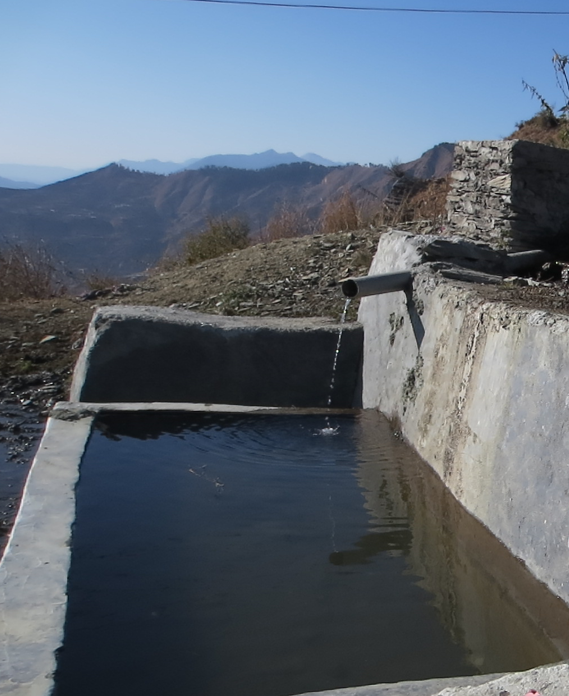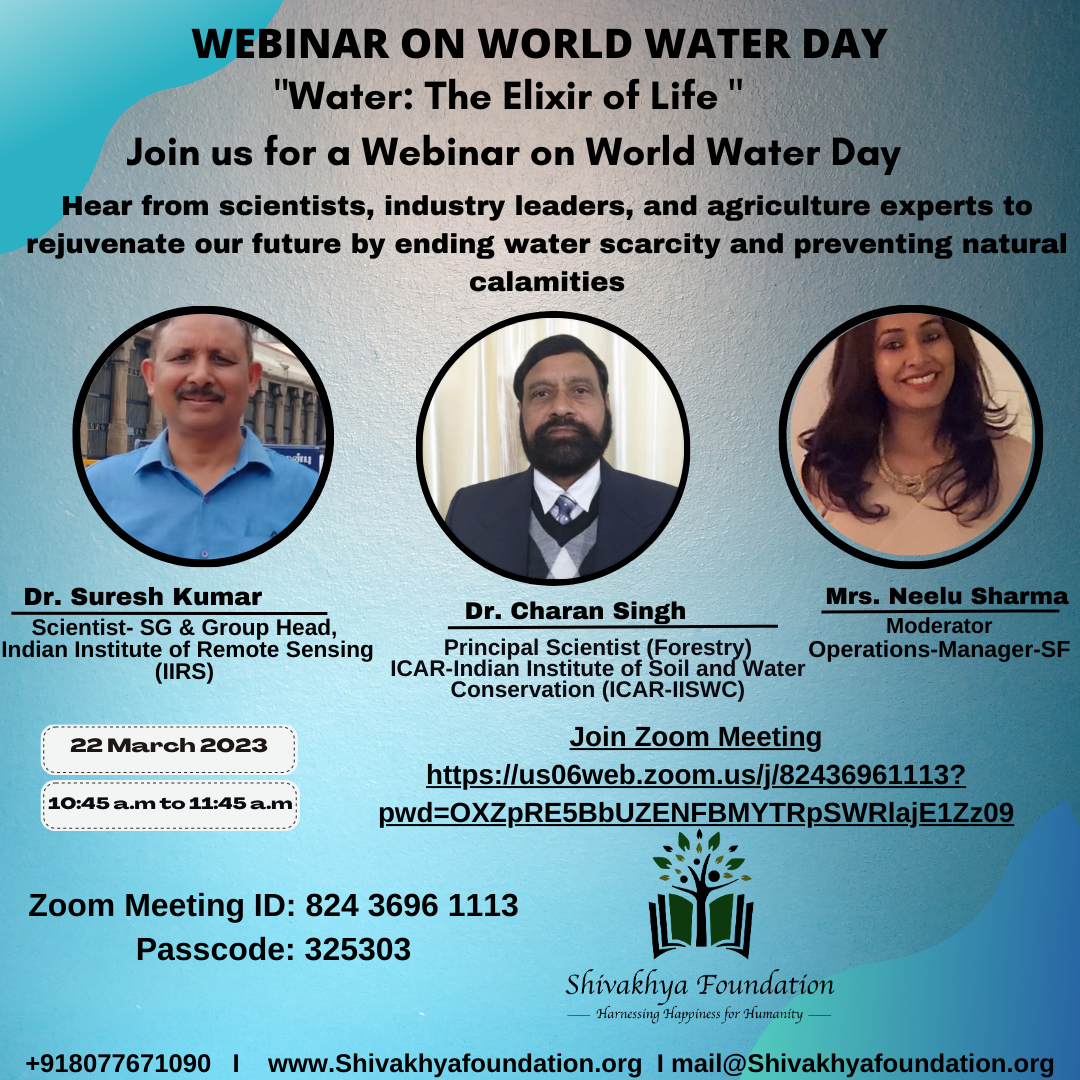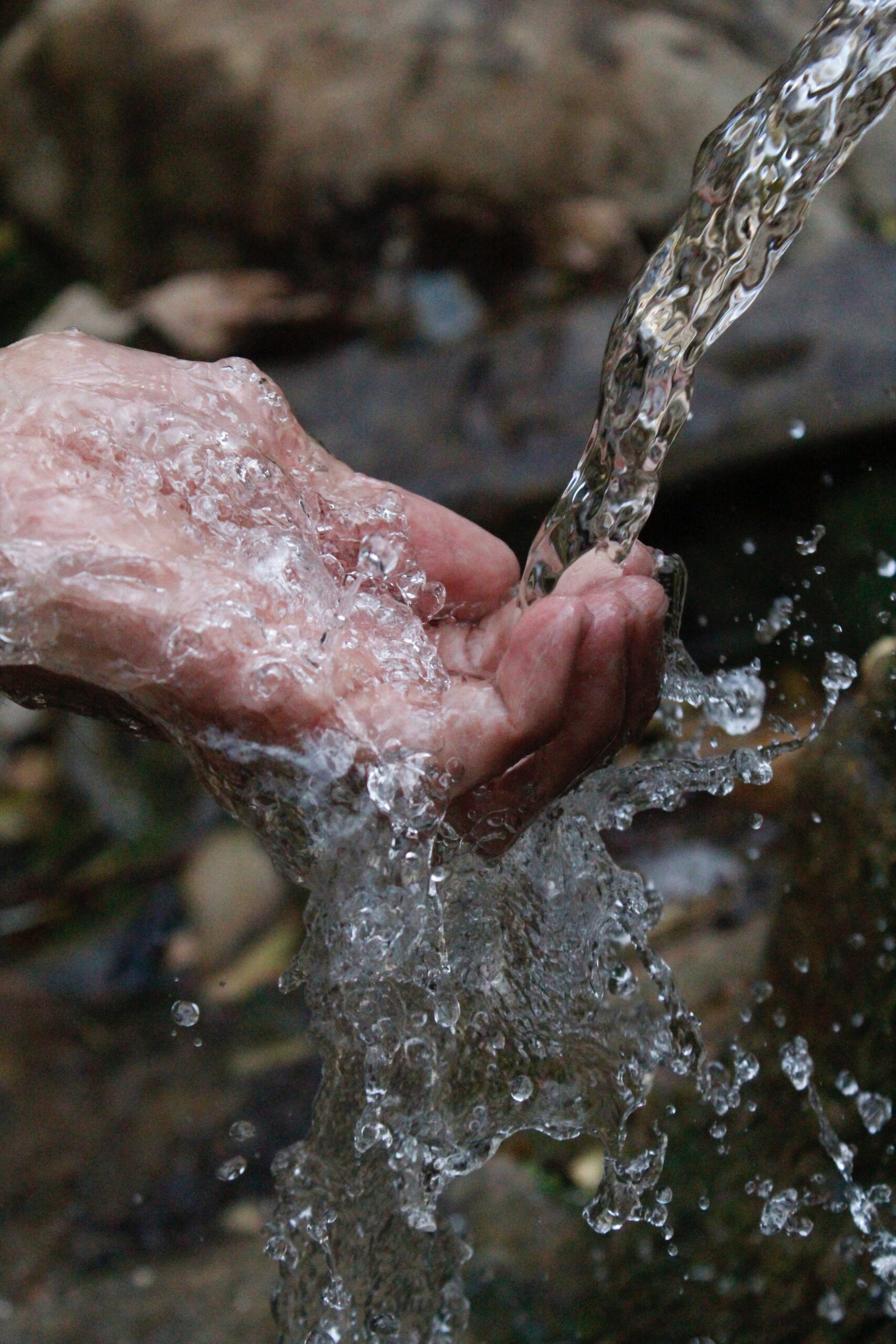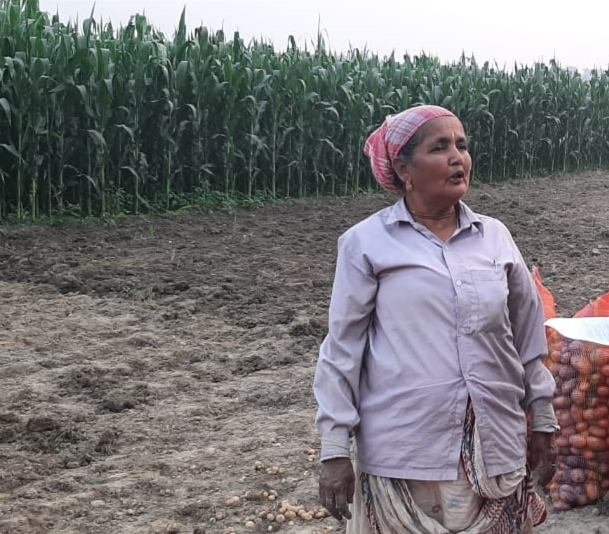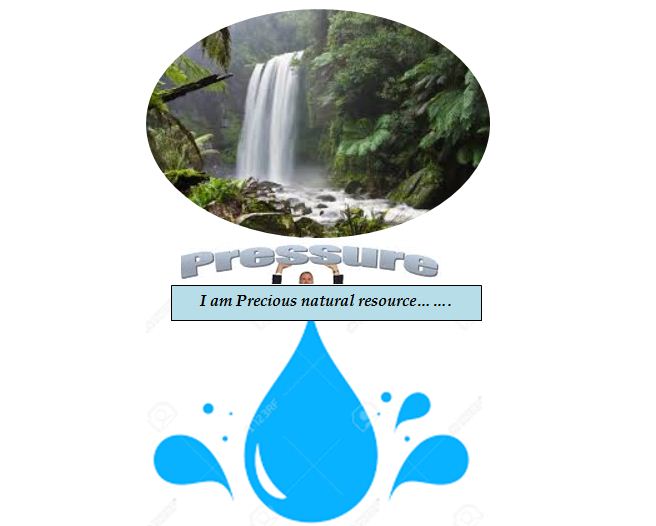Equity and Climate change in Watershed Management
Equity is an important term in Watershed Management. With the upcoming issues of global Warming and climate change the equity is becoming more significant.
What is equity?
and
What is Climate Change?
First of all, its equity and not equality .Quite often there is misunderstanding between these two different but similar looking words . Equity means that all have an opportunity to survive, develop, and reach their full potential, without discrimination, bias or favoritism.
Climate changes are the consequences of global warming that adversely affects all living beings on earth
Objective of Equity ?
The objective of equity is not to remove all the differences so as to bring everyone at same level. but if an activity is required and hence done by a group or society and that activity has put some adverse effect on other groups or society then these other groups / society become vulnerable and has to suffer the adverse effect . To reduce the suffering of the adverse affect there should be some thinking on equity for as how to compensate or minimize the sufferings of the Vulnerable groups.

Equity and its linkage to Climate change
Human generated events and activities has a big role to play in Climate change. In fact the current human life style is becoming more responsible for the climate change. The bitter consequences are being suffered by all living being living on the earth. A particular group i.e poor groups of people are more affected.
Who are the worst affected groups to climate change ?
Following Populations are Worst affected to climate changes
- The Population residing in remote areas especially in hilly areas are suffering from flood and cloud burst ex in cloud burst in Tehri and Chamoli District of Uttarakhand ,Kedarnath (Rudraprayag) Disaster of 2013
- The Population living nearby seas are affected by Tsunamis and floods ex- Tamil Nadu district(India)
- The Poor Village people are the most affected by the consequences of climate change. Frequent Floods force these poor people to move out and migrate to some safe places Ex: recent flood in Bihar and adjoining areas
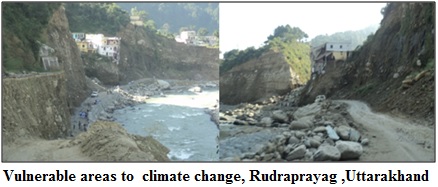
What are Peculiar features of worst affected groups to climate change?
- Most of these People resides in hilly areas ,remote areas or nearby sea areas
- Most of them are Poor.
- Mostly they are depended on local ecosystem for food i.e they rely mostly on local food production
- They are least dependent on food supply from regional or Global areas
- These are the least contributor groups to the global warming and climate change and
- They are the mostly affected groups by the global warming and climate change (i.e most vulnerable)

What steps should be taken to attain an equity?
- There should be Provision of some Compensation for these Vulnerable groups.
- There should be allocation of maximum benefits to these Vulnerable groups.
- The people/population largely responsible for global warming should develop a mechanism to contribute to the welfare of worst affected population.
- The industrial areas in cities has to think for the use of renewable source of energy /bio energy and reduce their dependency on non-renewable source of energy
Role of Watershed w.r.t climate change
Watershed management has an important role in building up resilience to climate change. Apart from it, while developing Watershed management plan, a part of budget can be kept to meet out the losses bear by the Vulnerable Village community as a consequences of global warming & climate change .This way a step forward to equity can be moved . This will also help in maintaining the sustainability .
Watershed management role- in mitigation and adaptation measures –
The Watershed management can follow following four practices to develop mitigation and adaptation measures
- Diversification of Production Systems
- Integration of Production Systems
- Management Practices and Technologies
- Ecosystem Conservation and Restoration

However, the most important is to make Specific Watershed planning by incorporating such practice that can built resilience to climate change for ex-
- Climate smart Agriculture.
- Zero tillage.
- Precision nutrient management.
- Crop insurance.
- Crop diversification.
- Agro forestry.
- High quality seed to fight in adverse condition.
Apart from these, following can be incorporated :-
- Contingency plan for rain fall failure through short duration Varieties and life saving irrigation.
- Reducing Vulnerability by providing alternate source of livelihood.
- Installing weather systems to provide weather information for crops.
- Developed practices to generate mitigation -adaptation benefits.



